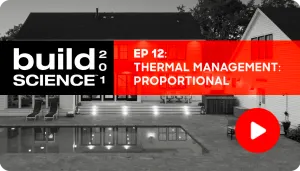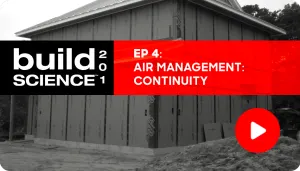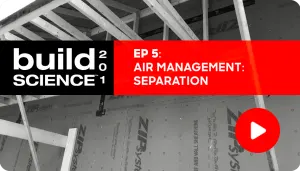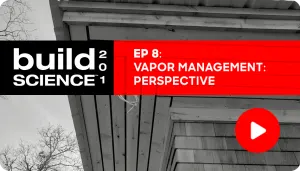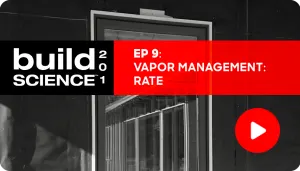Ep. 11 - Thermal Management: Resistance
Next in thermal management, Matt and Steve emphasize resistance in heat transfer and the crucial role of insulation in building design; various insulation types work to impede heat flow. Digging deep into building science, they discuss R-values, which assess insulation effectiveness, and U-factors, relevant to windows due to their multi-component structure. Additionally, Matt and Steve highlight various building techniques and materials, such as insulated concrete forms (ICFs), thermally broken engineered studs, and double-wall construction, for their contributions to enhanced thermal resistance.
The conversation addresses the elimination of thermal bridging and the implementation of continuous insulation, particularly in colder climates to prevent condensation issues. Specific techniques for insulating spaces like garage ceilings and basements are presented, showcasing the use of rigid insulation and poly iso for improved thermal performance.
Additionally, Matt and Steve discuss the importance of shading devices for windows to reduce heat transfer in warmer climates. They stress the need to tailor window specifications, like solar heat gain coefficients, to align with local climate zones. A deeper understanding of thermal management equips builders and homeowners with essential knowledge for creating energy-efficient, comfortable living spaces.
Continue to the next episode in the Thermal Management section: Proportional.

 Share on facebook
Share on facebook Tweet
Tweet Email
Email Share on Linkedin
Share on Linkedin





